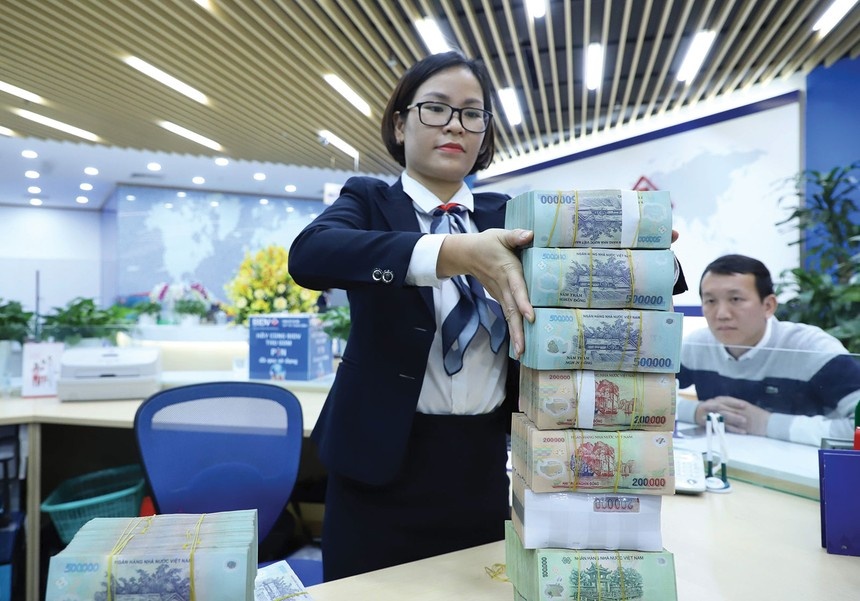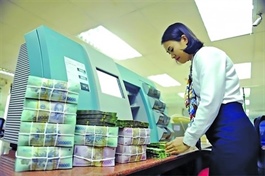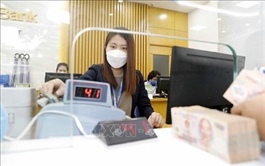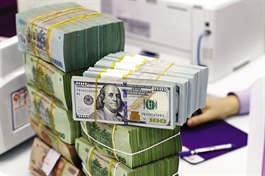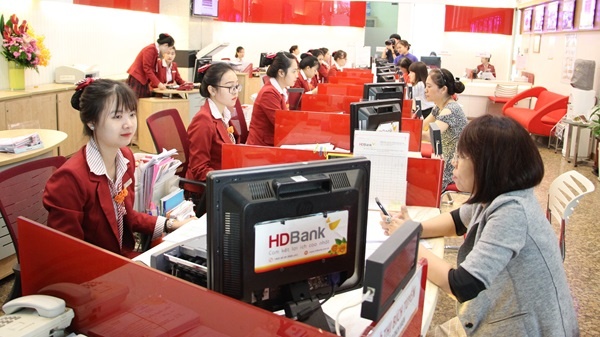Vietnam's Central Bank ready to steady foreign exchange market
Vietnam's Central Bank ready to steady foreign exchange market
With more than $100 billion in foreign exchange reserves, the State Bank of Vietnam (SBV) is ready to intervene to stabilize the exchange rate as needed.
The central bank has sufficient instruments to regulate and stabilize the foreign exchange market, said Dao Minh Tu, Deputy Governor of the State Bank of Vietnam (SBV).

SBV Vice Governor Dao Minh Tu at the press briefing. Photo: Nhat Bac |
"The exchange rate serves as an important macroeconomic indicator, affecting the purchasing power of the Vietnamese currency and various economic policies. Hence, the SBV pledges to manage it flexibly and intervene in the exchange rate, which is appropriate," Tu stressed during a government press briefing held on April 3.
Besides using monetary policy tools to operate on the exchange rate, according to the Deputy Governor, Vietnam's foreign exchange reserves are quite abundant, reaching around US$100 billion by the end of 2023. If necessary, the central bank will intervene to stabilize the situation, he noted.
The exchange rate in the interbank market surged sharply in the past few days, surpassing VND25,000 per USD, a record high. In the open market, the US dollar price remained at around $25,440 - 25,540 per USD.
Since the beginning of the year, the SBV has issued bonds and withdrawn money from the interbank market to stabilize the exchange rate. According to data from the Ministry of Planning & Investment, in March, approximately VND164.3 trillion ($7.15 billion) was withdrawn by the SBV from the interbank market, increasing bond yields. This is one of the intervention methods used to alleviate pressure, yet the exchange rate continues to rise.
In the past two days, the exchange rate has risen sharply after the SBV stopped issuing bonds after withdrawing money from the interbank market for three consecutive weeks.
The reason for the rapid rise in the exchange rate, according to Deputy Governor Dao Minh Tu, is that the Federal Reserve (Fed) has not specified the timing of monetary policy easing or interest rate cuts, leading to a higher value of the USD.
This has affected many currencies worldwide, including the VND, leading to depreciation. Pressure on the exchange rate also comes from the interest rate differential between the USD and the VND in the interbank market, meaning lower interest rates for the VND than the US dollar, especially as interest rates have recently fallen sharply.
Additionally, positive signals from exports and imports in the first quarter, totaling $178 billion, have boosted foreign currency demand relative to the end of 2023.
Currently, the VND has depreciated by around 2.6% against the USD since the beginning of the year until now. However, Tu stated that this rate is lower than many other currencies, such as the Japanese yen, which has depreciated by up to 7.52% against the US dollar.





